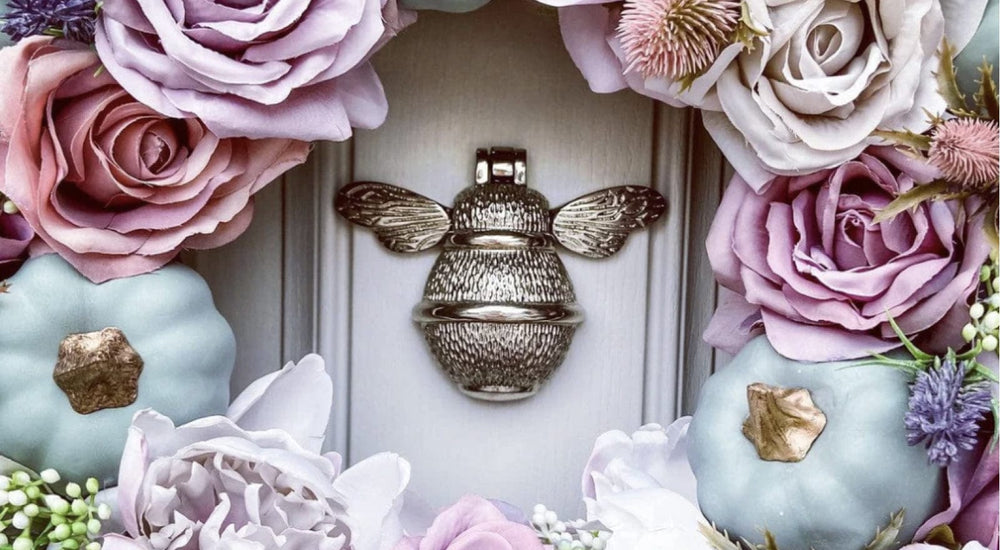Unlacquered Brass vs Lacquered Brass
Unlacquered Brass is what we at Brass bee use on all our products and here's why:
The primary difference between unlacquered brass and lacquered brass lies in the presence of a protective coating. Brass naturally oxidizes over time, developing a patina that adds character to the metal. The choice between lacquered and unlacquered brass depends on the desired aesthetic, maintenance preferences, and the specific use of the brass items.
Unlacquered Brass:
-
Natural Patina: Unlacquered brass is untreated, allowing it to develop a natural patina over time. This patina gives the brass a unique, aged appearance.
-
Aesthetics: Unlacquered brass has a raw and authentic look. It is often chosen for its ability to showcase the metal's natural beauty and the evolving patina.
-
Maintenance: Requires more frequent cleaning and maintenance to prevent tarnishing and oxidation. Some people prefer the evolving appearance of the patina, while others may choose to clean and polish the brass regularly.
-
Applications: Commonly used in architectural elements, door hardware, and decorative items where the natural aging process is embraced.
Lacquered Brass:
-
Protective Coating: Lacquered brass has a protective layer of clear lacquer applied to the surface. This coating helps prevent oxidation and tarnishing, maintaining the brass's original appearance.
-
Aesthetics: Initially has a shiny and polished appearance that does not change over time due to the protective lacquer. The brass remains in a relatively pristine condition.
-
Maintenance: Requires less frequent cleaning since the lacquer helps protect the brass from environmental factors. However, if the lacquer chips or peels, the exposed areas may tarnish.
-
Applications: Commonly used in items where a consistent, polished appearance is desired, such as doorknobs, faucets, and decorative fixtures.
Considerations:
-
Aging and Patina: If you appreciate the evolving beauty of brass and don't mind occasional maintenance, unlacquered brass might be suitable. If you prefer a more consistent appearance, lacquered brass is a better choice.
-
Maintenance Preferences: Unlacquered brass requires more hands-on maintenance, while lacquered brass is relatively low-maintenance but may require more effort if the lacquer deteriorates.
-
Application: Consider the specific use of the brass item. For high-touch areas, lacquered brass may be preferable to maintain a polished appearance.
-
Personal Style: The choice between lacquered and unlacquered brass often comes down to personal style preferences. Some people prefer the natural, evolving look of unlacquered brass, while others prefer the pristine and consistent appearance of lacquered brass.


